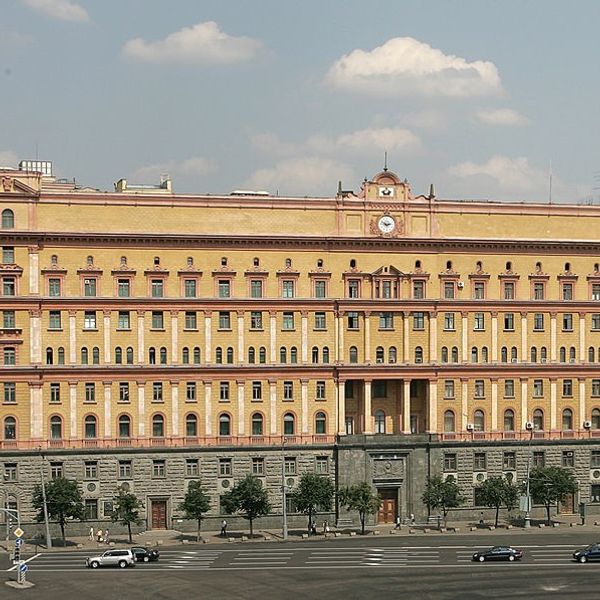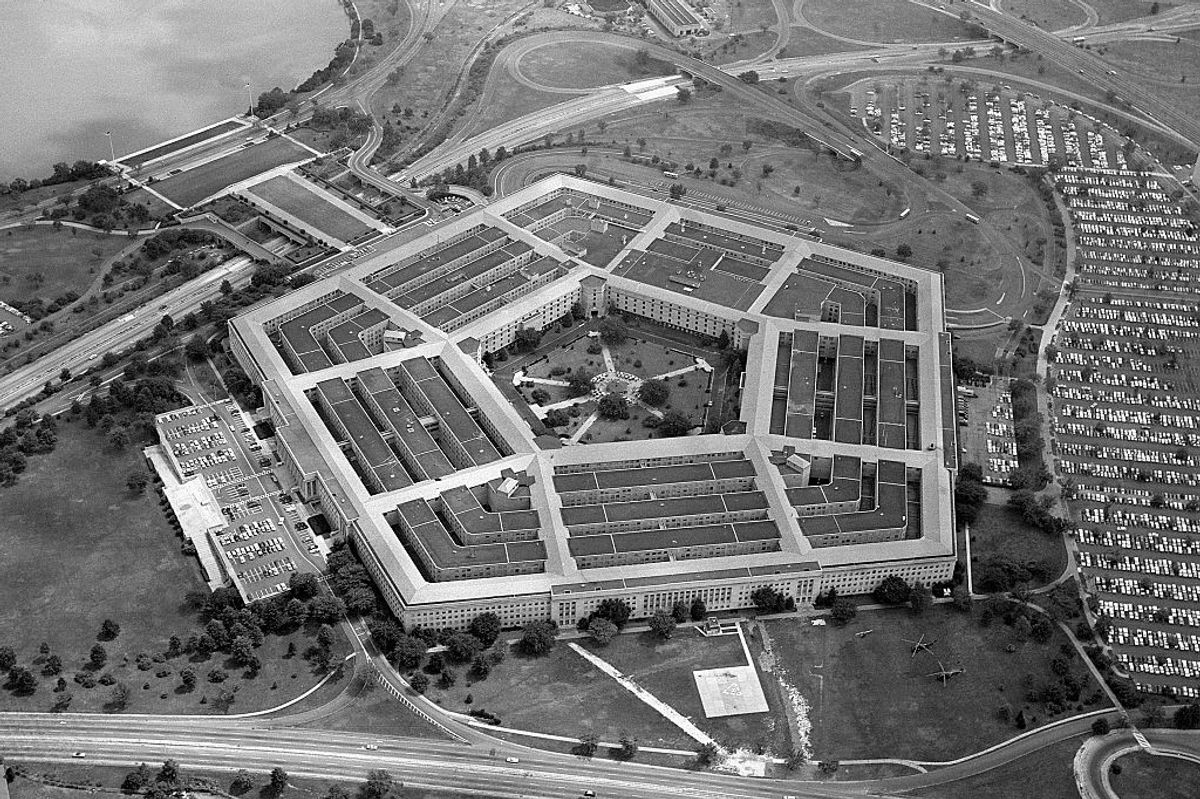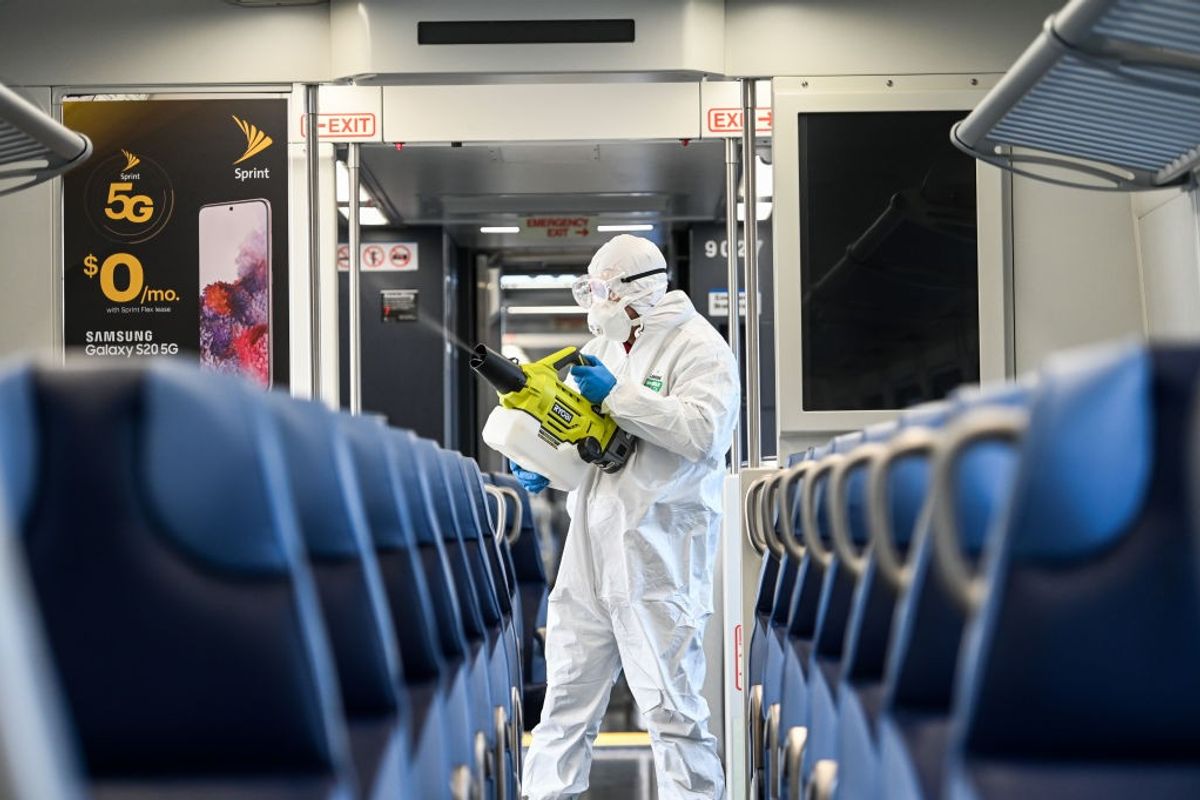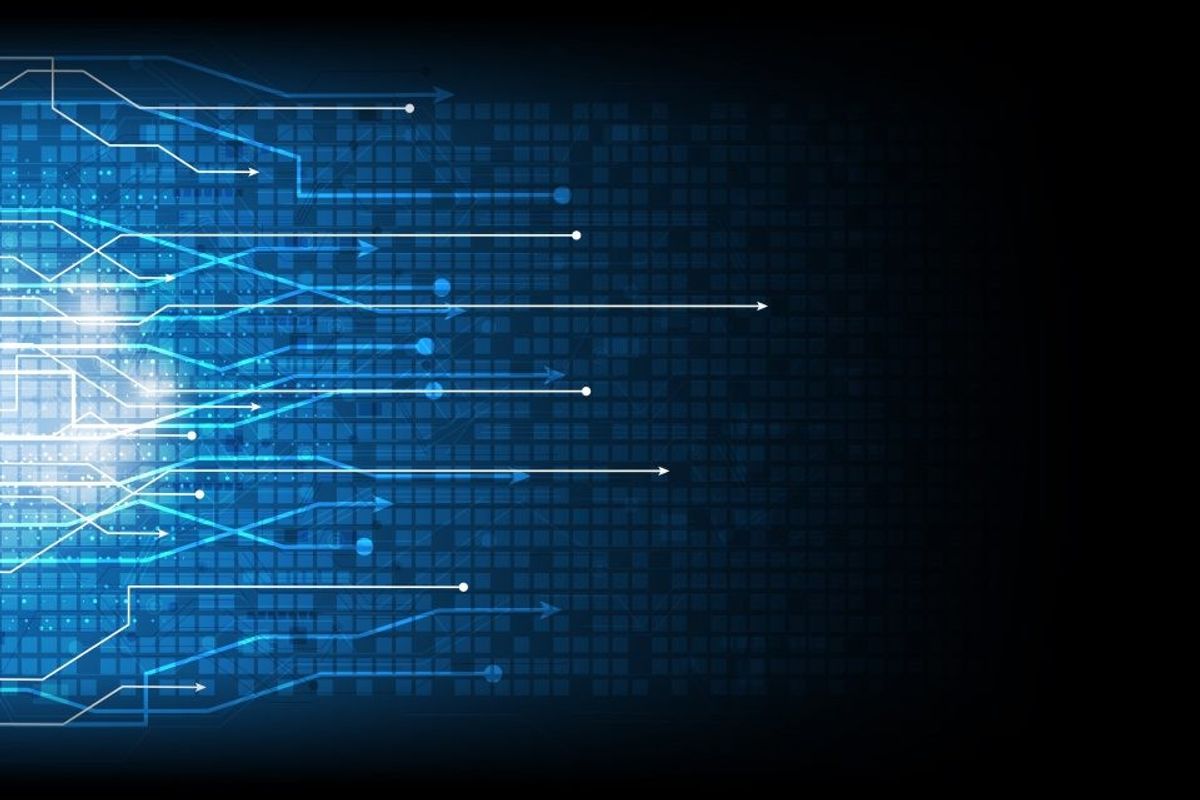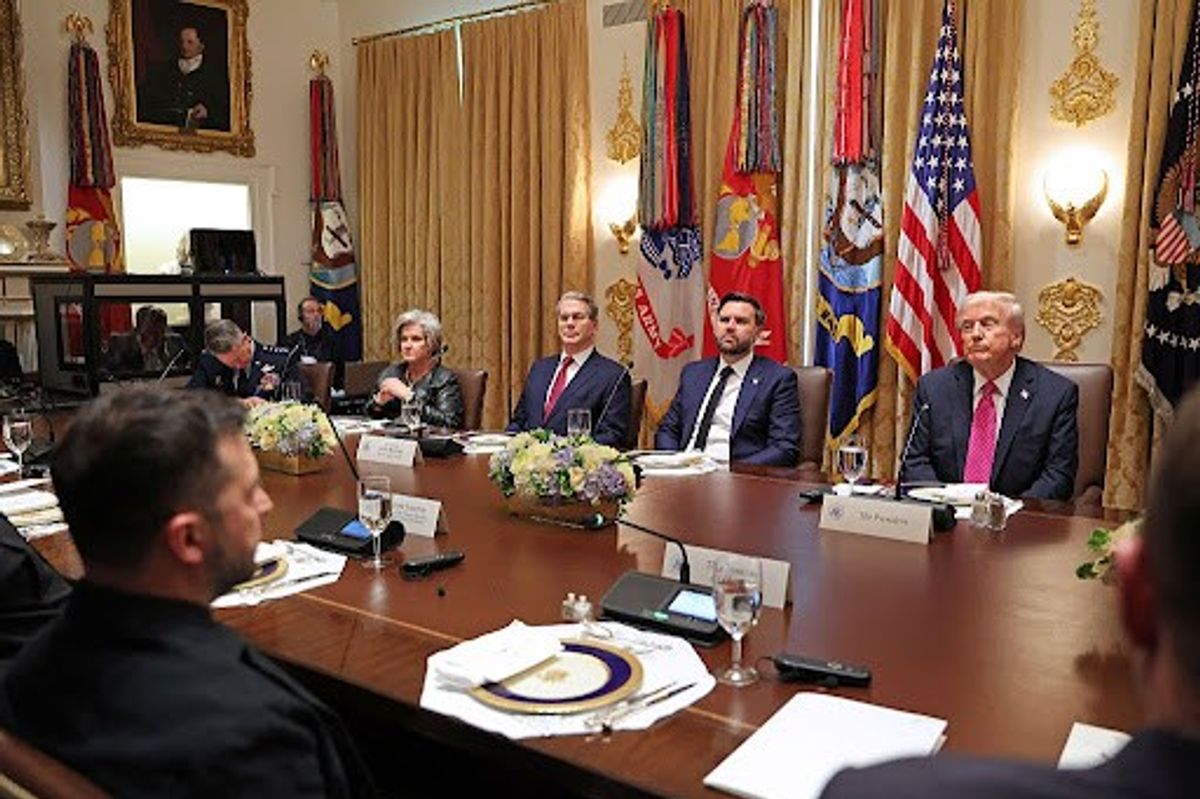- In 2003, the Department of Defense established the Under Secretary for Intelligence (amended in 2020 to the Under Secretary for Intelligence and Security); the office acts as a chapeau for Defense Intelligence. Its role in oversight of the Military Intelligence Program arguably could give it influence over the defense intelligence agencies and services, if the office leaned into its leadership role.
- In 2004, Congress amended the 1947 National Security Act and created the Director of National Intelligence (DNI), taking the role of manager for community intelligence from the Director of the CIA. This move did not reengineer how the IC is organized.
For nearly eighty years, we have been tinkering and adding to the IC but we have not fundamentally redrawn or refocused it. Now is the time to do that. Three critical junctures make it imperative that we rethink how the IC is organized and functions. Important technological advancements need to be the heart beat of how the IC does its work. Global conditions are emphasizing the need for gray zone work/cognitive warfare which currently is a side hustle of the IC and needs to become a focus. Finally, the IC has become too unwieldy and dispersed to have the impact it should.
Congress is proposing changes to the DNI, legislating procurement, and legislating definitions of covert warfare versus irregular warfare, but that remains piecemeal and not far reaching enough. As a whole, the IC has been directed to downsize. This is sorely needed as the overlap and bloated bureaucracies help to develop the go it alone mindset. A leaner IC will force integration.
Now is the time to go back to the drawing board and reimagine what our intelligence community should look like:
- Technology forward.
- More emphasis on publicly available information.
- More integrated and driven by USG foreign policy strategies that have clear goals.
- Closer ties between the Department of Defense and the rest of the intelligence community.
- Focus on irregular warfare, cognitive warfare, and gray zone activities.
A Technology-Driven IC
The heart of the new IC should be embodied in two new organizations that are retooled from existing structures: one that is an Open Source Center that curates all Open-source data; and one that is a technology hub that oversees and develops technology for the entire IC—a one stop shop.
The Open Source Center would be the heart of analysis for the new IC. It would be loosely modeled after the old Foreign Broadcasting Information Service (FBIS) that procured important open source articles and books and provided translations for the entire government during the Cold War era. Individuals working in this new agency would range from those without clearance to those with high clearance levels but the data would be all unclassified—until merged into a comprehensive story board. The data and tools would be accessible to the entire IC. The center would include the latest AI technology to help highlight anomalies. It would include data analysts from government, tech companies, and companies that are already working commercial data open source analysis.
The Open Source Center currently housed at the CIA and DIA’s Open Source organization would be the nucleus of the personnel for this work. Analysts and technology specialists would work together to gather the latest trends to feed the rest of the government. The center would work with partners and allies to bring in their data and share patterns. Eventually, the patterns and anomalies procured in this center would be merged with U.S. exquisite intelligence, but more routinely, this publicly available or procured unclassified data would be used to provide warning at the strategic, operational, and tactical levels across government agencies, to partners, and when appropriate, to the American people. This data would feed the U.S. IC and military watch centers across the world as a first notice of concerning anomalies.
In order to speed up technology procurement and ensure that leading-edge technology is being used by the IC, we need an IC technology center or hub. Much like the parts and pieces of IARPA, DARPA, and IN-Q-TEL that compete, this unit should bring in all the technology experiments and investments so that the successes can be shared across the IC more quickly. This would allow government and industry to focus on the IC’s technology priorities, make pricing of new technologies more competitive, and cut down on boutique answers to requirements that cannot be scaled IC wide. It would also speed up technology acquisition by bringing in some of the authorities for quick procurement that the above agencies have. This Center would support both Defense and civilian intelligence organizations and be manned by personnel from across the entire IC.
Sign up for the Cyber Initiatives Group Sunday newsletter, delivering expert-level insights on the cyber and tech stories of the day – directly to your inbox. Sign up for the CIG newsletter today.
DNI for All
Turn the DNI into the organization that it was made to be—the leader focused on oversight, guidance, and integration of the entire IC. This does not need to happen with a lot of bureaucracy. The right leaders and experts can do this work.
The DNI has never been given the powers that it needs to fulfill its mandate. To do this, the DNI must have say over the entire National Intelligence Program budgeting. Currently, the DNI’s oversight is watered down by having little budget decision making authority. If they do not like the direction that the DNI is providing, the other intelligence agency Directors go directly to Congress who will earmark specific funds and the DNI, who answers directly to the President, is thwarted. This needs to change.
Defense intelligence makes up the largest part of the intelligence community with each service having its own intelligence unit, each COCOM having its own, and the collection support agencies technically being under the Secretary of Defense. To oversee this enterprise, the Office of the Secretary of Defense created the Undersecretary for Intelligence and Security (OUSDI&S) in 2003. This office continues to struggle to find its footing in the IC. As stated previously, it has some power that the DNI does not in that it has sway over the Military Intelligence Program (MIP) budget. However, the CSA Directors have their own avenues of communication to the Secretary of Defense, the DNI, and Congress. To fix this issue, the I&S Under Secretary simultaneously should act as the DNI Deputy. The Director for Military Affairs at the DNI should be the Department’s and I&S’ in-house consultant on a day-to-day basis and act as conduit between DNI and OUSDI&S. This arrangement would streamline the multiple meetings that CSA Directors are invited to attend separately with I&S and DNI—they could be held at the same time. It would also make it clear that OUSD I&S brings the rest of the defense intelligence agencies to the table and sets joint IC priorities.
A key issue in the IC is that there is no comprehensive strategy for countering our adversaries. While the NSC sometimes tries to play the role of the strategy developer, most NSC Directors do not thoroughly understand the capabilities of each of the intelligence agencies and IC agencies are not compelled to follow the direction of such strategies, especially when the NSC provides competing priorities. Either the IC is left out or there are multiple IC entities who compete with each other to try to develop the strategy. It makes most sense to have the DNI embrace its integration role and represent the entire IC to the NSC to develop the IC portion of strategic competition strategies. The DNI, with its National Intelligence Managers, would lead IC strategic competition teams so that these teams could be prioritized by resources and personnel.
By retasking and focusing the DNI workforce, the above work can be accomplished without growing the workforce and with more streamlined personnel numbers. The IC also needs to entice the best and brightest to work at the DNI. The IC needs those individuals who truly are experts both in their functional area and as intelligence professionals. Agency directors must recognize the importance of interagency work and reward that work. Over time, the real IC experts and leaders no longer go to DNI on rotation because they have seen their home agencies shut them out upon return.
All Source Agencies Should Double Down on Core Competencies
CIA and DIA have spread into each other’s lanes so that there is now a duplication of analysis and, in some cases, collection. CIA should focus on nonmilitary issues such as political stability and economics, and DIA should focus its workforce on military and military technology issues. Of course, there will be a gray area but that should be worked out between the Directors of the two agencies. Some would say that we should have only one all-source analytical organization. The issue with that is that the needs of the Department of Defense for niche military analysis would overwhelm the economic, medical, and political stability issues that CIA focuses on. Both need to be done and both have their customers.
During my time as a young analyst at CIA, my focus was on political stability and when I had to brief or write on a specific military issue that required anything more than basic knowledge, I would call my DIA counterpart to provide his/her expertise. That individual would be able to discuss all aspects of a weapon system, military personalities, and readiness, etc. When DIA analysts were asked to discuss stability issues, they would bring me with them and together we could paint a holistic story.
Single Source Agencies
The National Geospatial Agency and the National Security Agency are both U.S. treasures. We need to keep them focused on their core competencies by feeding them commercially available data—do not make them go out and develop analytics, buy data sets, etc. We also need to keep them focused on their genre. They should not be doing all source analytics.
The Cipher Brief brings expert-level context to national and global security stories. It’s never been more important to understand what’s happening in the world. Upgrade your access to exclusive content by becoming a subscriber.
Emphasizing Irregular and Cognitive Warfare
Irregular warfare must be a focus of U.S. national security policy going forward. This concept needs to include cognitive warfare as a regular tool for national security leaders. Instead of the steel-eyed focus on dominating an opponent’s military, with the covert and clandestine arts as a small subset of our national security, we must focus on positively influencing governments and populations as much as we focus on overcoming an adversary’s weapon system. We must excel at denial and deception and information operations that give our adversaries pause during peacetime and make them think hard about any offensive engagement with the U.S.
We also must use all the gray zone tactics to be prepared in case the worst happens and we are in a kinetic fight. This gets accomplished through the use of irregular warfare and well thought out strategic campaigns. This requires a "whole-of-government" approach. No single government entity can win an irregular war on its own. With a DNI that is truly leading the IC and partnering with the Department of Defense, the DNI’s, National Intelligence Managers would work with COCOMs to help develop these irregular warfare or competition strategies and bring in intelligence units from all the agencies to include state, treasury, energy, military services, etc.
To further support a whole of government effort in this area, we need to develop an OSS-like agency that has oversight of CIA HUMINT and covert capabilities with DoD HUMINT and clandestine capabilities. This small but mighty organization would focus on deconfliction and training. It would respond to gaps and requirements using the best athletes from the appropriate agency or department. The current office of Community HUMINT could be the nucleus for this new entity but it must move from CIA to DNI so that DNI can play its leadership/integrator role.
Defense Intelligence
DIA began as an all-source agency to support the warfighter. It has developed into a large bureaucracy. DIA headquarters needs to be refocused and slimmed down to a staff that provides support to the Pentagon (OSD and Joint Staff) and to the COCOMs. Headquarters should only provide those supporting functions such as training, resources, personnel, infrastructure, and data. They should also deconflict and integrate the work of the individuals in the field and at the COCOMs. COCOMs, OSD, and Joint Staff should be plussed up with analysts and collectors currently at DIA headquarters. They would work on the issues that the operators and military decisionmakers need to be worked on.
Conclusion
This new IC would have a clear leader and be refocused on technology, publicly available information, and developing strategies for gray zone competition. The other proposed changes clean up ongoing issues that add to some dysfunction and distraction in the IC. This focus on technology and publicly available information leaves the most sensitive activities that any global power must perform to a smaller, more focused group of individuals who would be experts in the field of covert and clandestine activities. The plan also stops some of the redundancies across the three important areas of analysis, technology, and sensitive activities. It clarifies leadership roles and allows enough overlap to encourage some internal IC competition while providing for better oversight.
Who’s Reading this? More than 500K of the most influential national security experts in the world. Need full access to what the Experts are reading?
Read more expert-driven national security insights, perspective and analysis in The Cipher Brief because National Security is Everyone’s Business.



